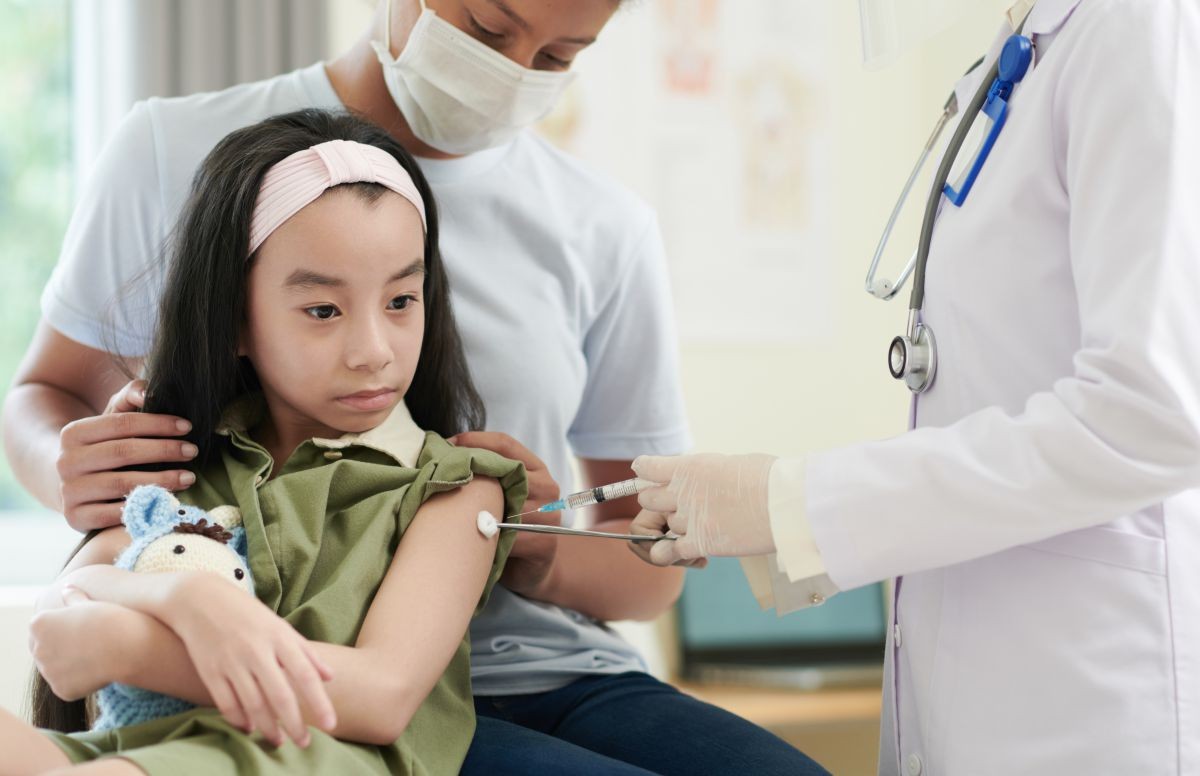Published - Thu, 26 May 2022

COVID-19 VACCINE: CHILDREN 6 MONTHS TO UNDER 5 YEARS OF AGE
While Covid-19 isn't as dangerous to children as it is to adults,
some children do become seriously ill or die as a result of it. Children were
particularly hard hit by the omicron variant, with those under the age of five
being hospitalized at higher rates than during the previous delta surge. The
announcement comes after months of anxious waiting by parents who are desperate
to vaccinate their infants, toddlers, and preschoolers, especially as COVID-19
cases are on the rise once more.
The three-dose COVID-19 vaccine from
Pfizer protects young children under the age of five from symptomatic
infections. The FDA is expected to make a decision on the approval of
paediatric COVID-19 vaccines by July. Pfizer has had a difficult time
determining its strategy. It aims to give kids a very low dose — one-tenth of
what adults get — but during testing, it was discovered that two shots weren't
quite strong enough for preschoolers.
According to preliminary findings, the
three-dose series is 80% effective in preventing symptomatic Covid-19. We've
discovered that to protect older children and adults from newer variants like
omicron, three doses are required. Scientists measured the children's
neutralizing antibody levels as well as clinical data on infection prevention
to assess the shot's efficacy. They discovered that the safety, immunogenicity,
and efficacy data for three doses in children matched what they saw in adults.
The third dose increases antibody levels in children, providing strong clinical
protection against contagious and immune-evasive Omicron variants/sub-variants.
Parents have expressed dissatisfaction with the length of
time it has taken for the COVID-19 vaccine to be approved for young children.
However, polls show that many parents are hesitant to have their children
vaccinated. According to a survey, only 18 percent of parents of children under
the age of five intend to have their child vaccinated once a vaccine for that
age group is approved. Parents of older children have also been slow to get
their children immunized.
Created by
Comments (0)
Search
Popular categories
Latest blogs

All you need to know about Syphilis
Tue, 15 Nov 2022

What is Pemphigus Vulgaris?
Tue, 15 Nov 2022

Know about Scorpion Stings
Sat, 12 Nov 2022

Write a public review